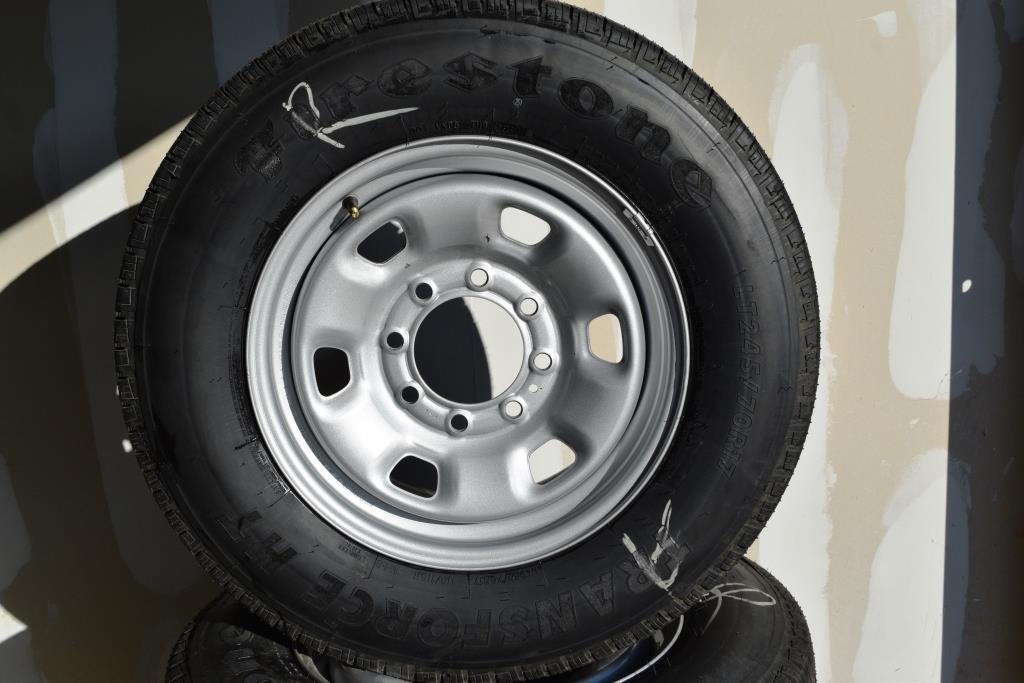2014 Dodge Factory Wheels and Tires on 17 inch steel wheels and
17 Inch Steel Wheels - One of the wheels is usually a circular ingredient that is intended to rotate for an axle bearing. The wheel is one of many different parts of the wheel and axle which is among the most six simple machines. Wheels, together with axles, allow heavy objects that should be moved easily facilitating movement or transportation while supporting a lot, or performing labor in machines. Wheels are likewise used for other purposes, for example a ship's wheel, controls, potter's wheel and flywheel.Common examples you find in transport applications. One of the wheels greatly reduces friction by facilitating motion by rolling together if you use axles. To ensure that wheels to rotate, a short time needs to apply to the wheel about its axis, either through gravity or by using another external force or torque.The English word wheel derives from the Old English word hweol, hweogol, from Proto-Germanic *hwehwlan, *hwegwlan, from Proto-Indo-European *kwekwlo-, a good form of the basis *kwel- "to revolve, navigate ".Cognates within Indo-European include Icelandic hjól "wheel, tyre", Greek κύκλος kúklos, and Sanskrit chakra, rogues both meaning "circle" or "wheel ".Precursors of wheels, named "tournettes" or "slow wheels", were known on the Middle East by way of the 5th millennium BCE (one of the earliest examples was discovered at Tepe Pardis, Iran, and dated to 5200–4700 BCE). These folks were fabricated from stone or clay and secured to the ground which has a peg inside the center, but required effort to turn. True (freely-spinning) potter's wheels were apparently in use in Mesopotamia by 3500 BCE and perchance since 4000 BCE, as well as oldest surviving example, which has been within Ur (modern day Iraq), dates to approximately 3100 BCE.
The original evidence of wheeled vehicles appears with the lover within the 4th millennium BCE, near-simultaneously in Mesopotamia (Sumerian civilization), the Northern Caucasus (Maykop culture) and Central Europe (Cucuteni-Trypillian culture), therefore the question that culture originally invented the wheeled vehicle holds unsolved.The first well-dated depiction of the wheeled vehicle (here a wagon — four wheels, two axles) is about the Bronocice pot, a c. 3500 – 3350 BCE clay pot excavated in any Funnelbeaker culture settlement in southern Poland.The oldest securely dated real wheel-axle combination, that from Stare Gmajne near Ljubljana in Slovenia (Ljubljana Marshes Wooden Wheel) is already dated in 2σ-limits to 3340–3030 BCE, the axle to 3360–3045 BCE.2 types of early Neolithic European wheel and axle are known; a circumalpine style of wagon construction (the wheel and axle rotate together, such as Ljubljana Marshes Wheel), and the of this Baden culture in Hungary (axle doesn't necessarily rotate). They are both dated to c. 3200–3000 BCE.In China, the wheel was certainly present along with the adoption with the chariot in c. 1200 BCE,although Barbieri-Low[9] argues for earlier Chinese wheeled vehicles, c. 2000 BC.
Related Images with 2014 Dodge Factory Wheels and Tires on 17 inch steel wheels and
TOYOTA PRADO MY08 17 INCH GENUINE STEEL RIMS for Sale in CARRAMAR, New
17 INCH 19992014 CHEVY GMC SILVERADO 1500 TRUCK OEM STEEL CHROME
17 Inch Wheels Rims Ford F350 Truck Dually Super Duty Black DRW 8x200
Thread: VE 17 inch steel wheels and tyres NEW
| TITLE: | 2014 Dodge Factory Wheels and Tires on 17 inch steel wheels and |
| IMAGE URL: | https://www.stevengoss.com/wp-content/uploads/2015/02/dodge-ram-17-steel-factory-oem-wheel-and-tire.jpg |
| THUMBNAIL: | https://tse1.mm.bing.net/th?id=OIP.GpjHNydWxHx6eiNOYjeqSAEsDI&pid=Api&w=270&h=181 |
| IMAGE SIZE: | 98100 B Bs |
| IMAGE WIDTH: | 1024 |
| IMAGE HEIGHT: | 683 |
| DOCUMENT ID: | OIP.GpjHNydWxHx6eiNOYjeqSAEsDI |
| MEDIA ID: | EC1B9BD2E419955657BB13817D58A90091BCBB5B |
| SOURCE DOMAIN: | autospost.com |
| SOURCE URL: | http://www.autospost.com/cat/will-17-wheels-fit-on-2014-ram-3500.html |
| THUMBNAIL WIDTH: | 270 |
| THUMBNAIL HEIGHT: | 181 |
Comments
Post a Comment